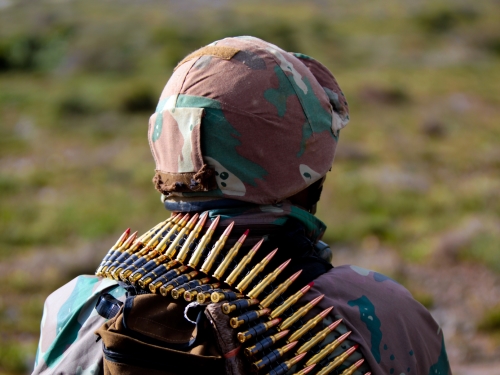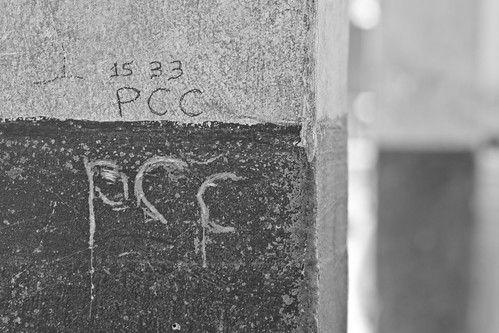Image courtesy of TheDigitalArtist/Pixabay.
This article was originally published by RealClearDefense on 9 May 2020.
On April 7, the Australian Minister of Defense acknowledged – for the first time ever – that the Australian Signals Directorate (ASD) used its offensive cyber capabilities to disrupt foreign cybercriminal infrastructure responsible for malicious cyber activities exploiting the COVID-19 pandemic.1 While details on the operation are sparse, what we do know is that ASD “stopped the criminals from accessing their own systems and prevented them from accessing information they stole.”2 What we do not know is the how, the where, the when, and what exactly triggered ASD into action.





